Essere or stare?
Before we go into more details, let’s quickly review the conjugation of both verbs:
- essere: io sono, tu sei, lui/lei è, noi siamo, voi siete, loro sono.
- stare: io sto, tu stai, lui/lei sta, noi stiamo, voi state, loro stanno.
For now, just have a look at some sentences and see if you can tell the difference:
Laura è molto intelligente.
Laura is very intelligent.
Loro sono spagnole.
They are Spanish.
Mia mamma non sta bene.
My mum is not feeling well.
Sto facendo i compiti.
I’m doing my homework.
How to use essere + an adjective?
1. Essere can be used to express someone’s feelings, personality, and physical characteristics.
This is why we need an adjective that, as you might already know, must agree with the subject regarding gender and number.
Perché sei triste?
Why are you sad?
Maria e Letizia sono molto alte.
Maria and Letizia are very tall.
Mia sorella è molto furba.
My sister is very cunning.
2. Essere can also be used to describe something’s condition or quality.
Il computer è nuovo.
The computer is new.
Quella penna è blu?
Is that pen blue?
3. Essere can also be used to talk about someone’s nationality, religion, ethnicity, ideology, origin, and identity.
Mio papà è turco.
My dad is Turkish.
Karim è arabo.
Karim is an Arab.
How to use essere an a location?
Essere can also be used to express where someone or something is.
Sei in Argentina?
Are you in Argentina?
Io sono a Barcellona.
I’m in Barcellona.
How to use stare + an adverb?
Stare is used to ask or express how someone is feeling. In the latter case, it is followed by an adverb like bene, male, meglio, etc.
Practice with Quizlet
Here's a set of flashcards and quizzes to practice this grammar topic.How to use stare + gerund?
We also use stare to form the present continuous. Stare is followed by a gerund, a word that ends in -ndo (the equivalent of -ing words in English) like mangiando, correndo, leggendo, etc.
A: Cosa state facendo?
A: What are you doing?
B: Io sto guardando la TV e Marco sta cucinando.
B: I’m watching TV and Marco is cooking.
Stare can also be used to express the imminence of an action or event, as in it’s about to rain.

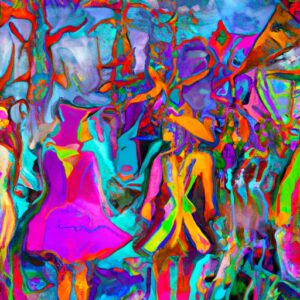


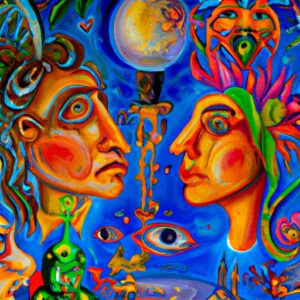
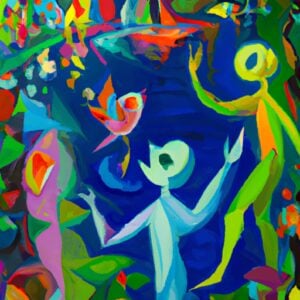

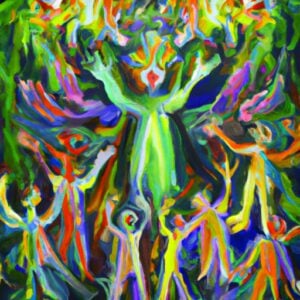
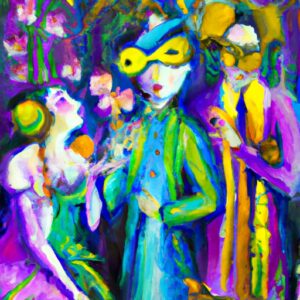
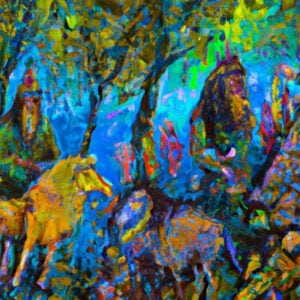

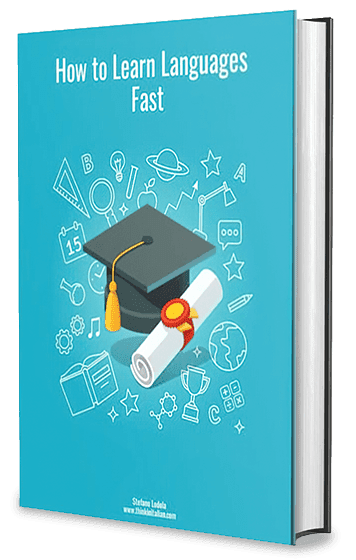

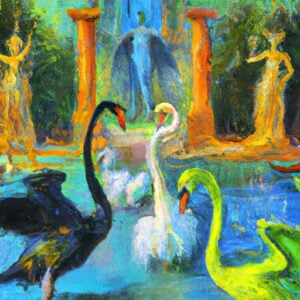
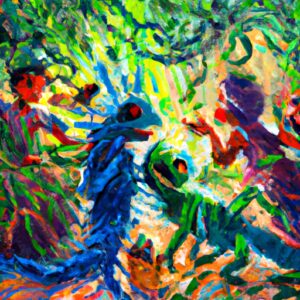





3 Responses
Stare can also be used to express the imminence of an action or event, as in “it’s about to rain”.
How is the expression formed in this case? Sta piovendo means it’s raining (already). Thanks!
There’s a link in the exact sentence that you quoted. 😉
Oh I hadn’t noticed 😅 Thank you!